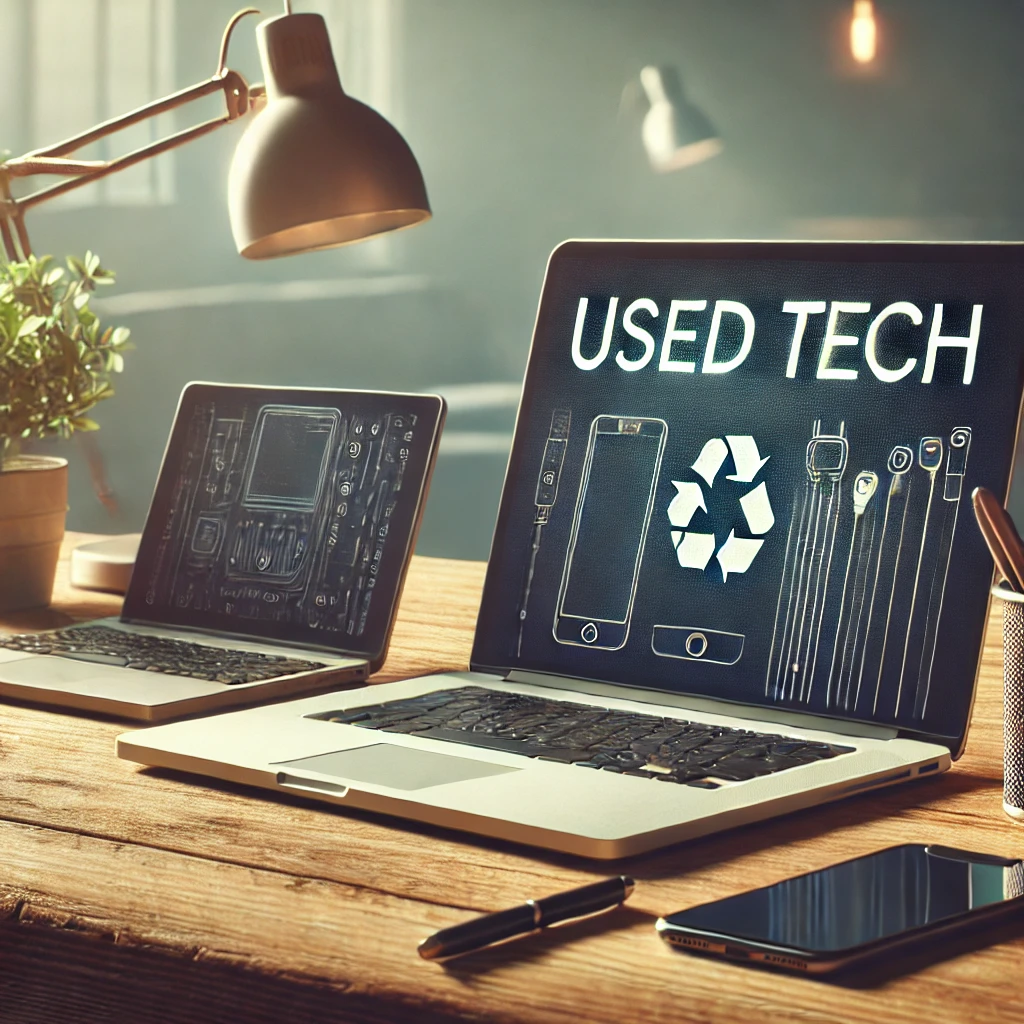
8 Key Factors to Keep in Mind Before Buying Used Tech
In today’s fast-paced digital world, we rely heavily on our devices. When they break down or slow down, it can impact our productivity and convenience. While buying a brand-new phone or laptop might seem like the best choice, purchasing used technology can be a smart, budget-friendly alternative. But how can you ensure you’re making a wise investment? Here are eight crucial considerations before buying used tech.
1. Device Support and Software Updates
Before purchasing a used device, verify whether it still receives software updates. Updates ensure your device remains secure and functions properly. Unsupported devices are more vulnerable to cyber threats since they lack security patches.
Visit the manufacturer's website to check the device’s support status. Some brands offer longer software support than others, making them a safer option.
2. Device Age and Performance
The age of a device impacts its performance and longevity. Newer devices generally run faster and more efficiently. Older models may experience lag, shorter battery life, and compatibility issues with modern applications.
Research the device’s release date and compare its specifications to current models. Ensure it can handle the apps and programs you need.
3. Battery Health
Batteries degrade over time. Before committing to a used device, ask about its battery health. Some sellers provide a battery report, especially on platforms like Apple’s Battery Health feature.
If the battery is significantly degraded, replacing it can add to your costs. Factor in the expense of a potential replacement before making your decision.
4. Physical Condition and Visible Damage
Inspect the device for visible signs of damage, such as cracks, dents, or scratches. Cosmetic issues can be a sign of rough handling, which may lead to internal damage.
Additionally, check for signs of water damage like discoloration or corrosion around ports and buttons. Devices with visible damage might not perform well in the long run.
5. Accessories and Essentials
Confirm what accessories come with the device. At the very least, it should include a charger and necessary cables. Missing accessories could mean additional costs.
While extras like protective cases, headphones, or styluses aren’t essential, they’re a bonus. Double-check the listing or seller’s description to avoid surprises.
6. Return Policy and Warranty
A reliable return policy or warranty offers peace of mind. Some sellers, especially certified refurbishers, provide warranties on used devices. This protects you in case the device has issues after purchase.
Always read the terms of the return policy. If the seller doesn't offer one, think twice before proceeding.
7. Price Comparison
Compare the price of the used device to its brand-new counterpart. Sometimes, the price difference isn’t significant. In such cases, it might be more worthwhile to invest in a new device with a warranty.
Shop around and compare prices across various platforms to ensure you’re getting the best deal.
8. Testing the Device
If possible, test the device before buying. Meeting the seller in person or purchasing from a certified retailer allows you to inspect the device physically. Test basic functions like the screen, camera, speaker, and connectivity.
If in-person testing isn’t an option, request a detailed video demonstration to ensure the device is in working order.
Final Thoughts on Buying Used Tech
Buying used technology can be a great way to save money and reduce e-waste. However, it’s essential to be cautious and well-informed. Prioritize factors like device age, battery health, and return policies to make an informed decision.
If you’re unsure where to start, contact us for expert advice on finding quality used devices that meet your needs and budget.